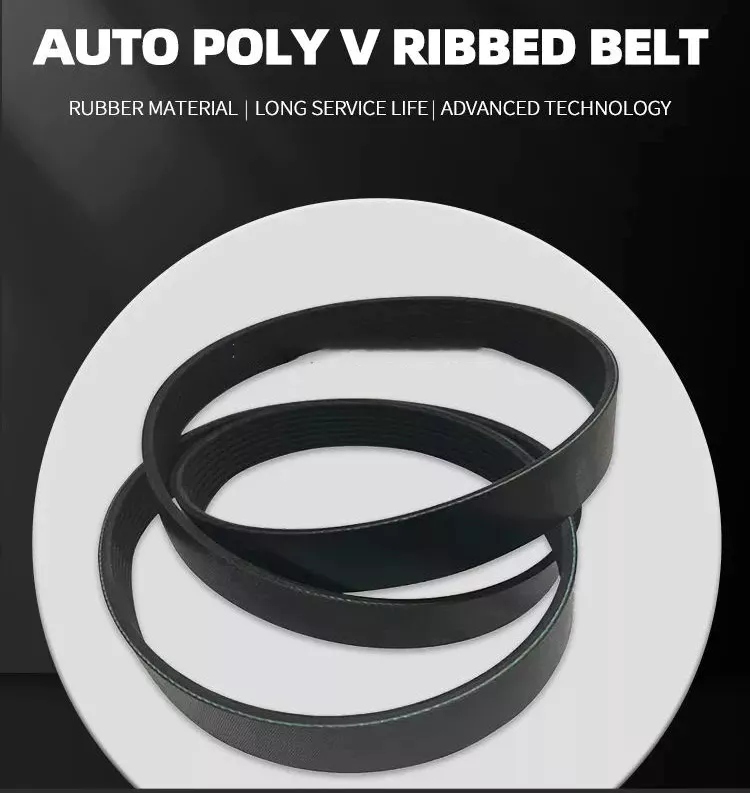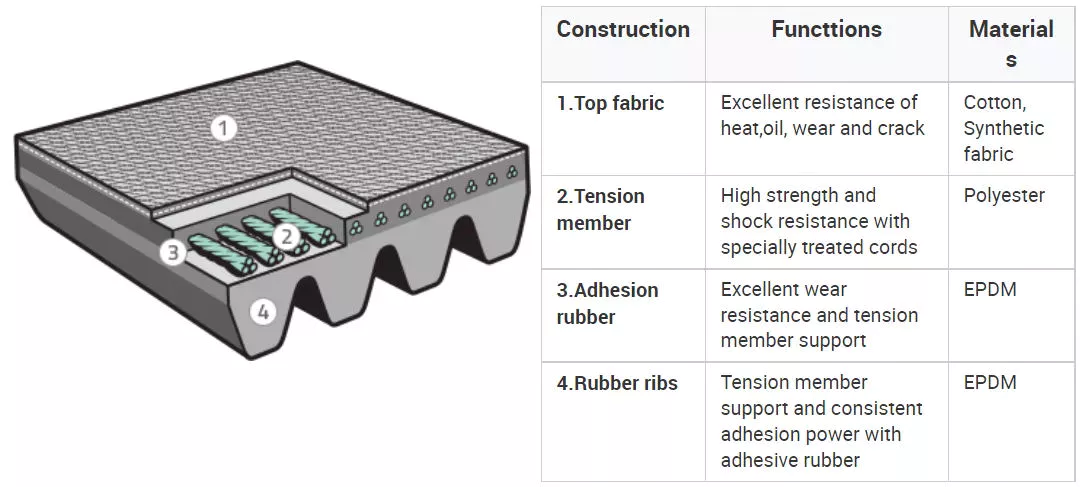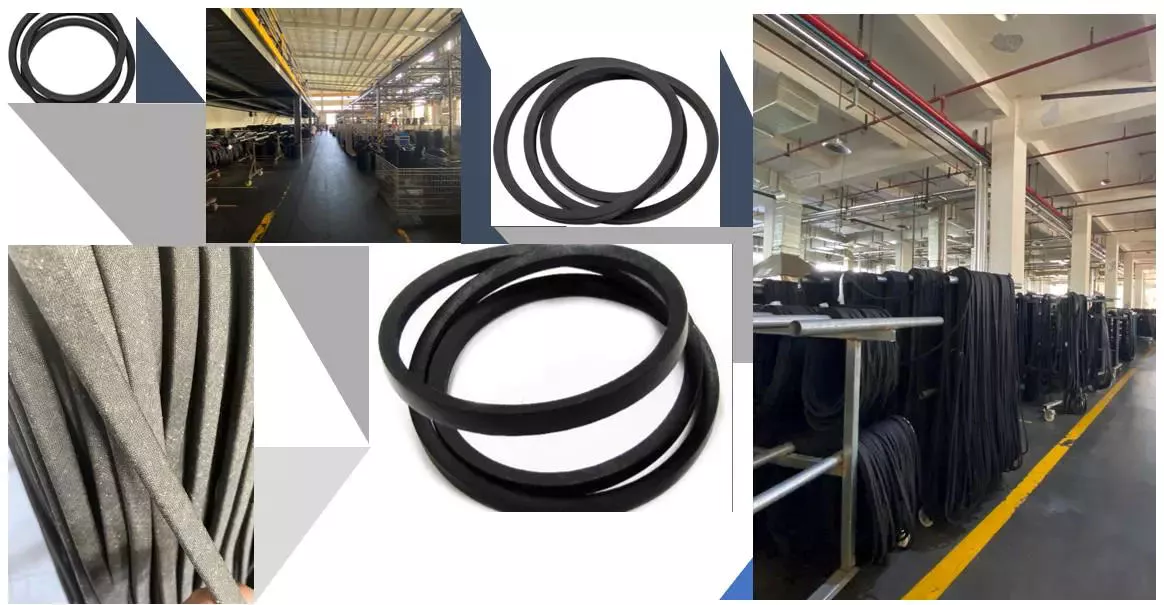Product Description
Equipment Introduction:
Polyester fiber flexible packaging production line by fiber volume device, with automatic feeding machine, drying machine, single screw extruder, a 1 or a second head die, cooling trough, tractor, heating oven, 2 tractors, printing machine, embossing machine, cooling water tank and winding shape bracket, the third guy of tractors, reel. Production line adopts automatic control, high degree of automation, stable equipment, easy operation, high production efficiency.
PP fiber tape performance characteristics:
1. Security:Polyester fiber packing belt is light in proportion, lighter and softer than steel belt of the same length. It will not scratch hands, and professional knives are not needed when cutting. No matter how tight the bundle is in time, it will not hurt people when cutting.
Compared with steel belt, polyester fiber packing belt has the advantage that it will not rust and contaminate the surface of the packing goods. In addition, the used bag is not only very easy to handle, but also flexible texture can protect the surface of the product from scratches.
2, low cost of use:Polyester packing belt is a very cost saving choice. The packing tool only needs a simple tool, and the wear is very small, the maintenance cost is low, and the packing buckle can be reused.
3, high efficiency:The use of polyester fiber packing belt only needs a tensioner can be operated by a single person, without power supply, compressed air, packing pliers, whether it is simple and fast to use or remove, in addition, has high traversability and folding, high efficiency.
The Advantages and Disadvantages of Neoprene Timing Belts
The timing belt is an important component of an automobile engine. Made of special materials, this belt coordinates the rotational motion of the crankshaft with the camshaft. The coordinated precision is essential for sustainable combustion, and ensures that the valves in the combustion chamber open at the right times. Timing belts determine the engine’s pace, so it is essential that they perform at high synchronicity and strong enough to operate in extreme conditions.
Fabric timing belt
A timing belt is made of a yarn that has been crimped and woven into a mating surface, called the engagement surface. This yarn, known as the warp, must be able to stretch from a substantially flat state along irregularities in the mold. It must be flexible enough to stretch by several tens of percent under low load conditions. The warp yarn of a timing belt is made of synthetic fiber and is crimped into the right shape to be stretched easily.
This fabric can be used without thickening the base cloth. It can contain a large number of warp threads, and its wear resistance can be enhanced over time. The timing belt of the present invention does not crack or wear out after a long time of use. The base cloth does not wear out, which allows the timing belt to last for a long time. This makes it an extremely durable material. To learn more, read on.
The teeth of a timing belt are made of tough rubber and a nylon fabric facing. The fabric is coated with a plastic compound that gives it its shape and covers the cord. The materials used to make these belts vary, but all are strong and durable. They are also suitable for high-load applications. In addition to nylon timing belts, strongbelt premiums are also available. In addition to nylon and neoprene timing belts, they are also compatible with RPP and HTD pulleys.
The teeth of timing belts are made of high-strength polychloroprene elastomer. The teeth are made of a special manufacturing process that ensures good adhesion. The facing fabric is made of low-elongation glass cord and is covered by a polyamide fabric that has a low coefficient of friction. If you need an exact fit, you can buy a high-quality belt from TransDev.
Neoprene timing belt
When it comes to dependable drive belts, neoprene is hard to beat. It’s widely used in insulated clothing and weather stripping, and has been a key component in the development of timing belts since the late 1970s. And because it’s so hardy, neoprene timing belts are incredibly reliable. Here are a few reasons why. Neoprene is the most durable synthetic material for timing belts, and these 3 reasons should not discourage you from purchasing a new neoprene timing belt.
Neoprene timing belts are made of a high-quality chloroprene compound with a hardness of 74 Shore A. The high-strength glass fiber strands in the belt’s body transmit high power while enhancing its flexural strength. In addition, it’s covered with a high-strength polyamide fabric to reduce friction and protect contact surfaces from wear and tear.
Unlike neoprene, polyurethane synchronous belts are resistant to temperature and abrasion. Polyurethane timing belts are resistant to acids and chlorides, and exhibit excellent abrasion resistance. A neoprene belt can be used in high-speed applications, and can withstand extreme temperatures. However, the resistance of polyurethane to abrasion is not as good as that of neoprene.
The 2 most common types of timing belts are rubber and urethane. Rubber is the least expensive and quietest, and is the least flexible of the two. Neoprene is also highly elastic and does not retain its shape when it’s stretched, making it a popular choice for applications in manufacturing, agriculture, and robotics. They are also great for applications where precision and motion control are important. These properties make timing belts extremely effective in leading the industry toward its goals.
Chain timing belt
Traditionally, a vehicle’s timing system consists of a timing belt or chain. These components keep the engine’s intake and exhaust valves in the proper order. When these components go bad, it can ruin the engine in seconds. But there are advantages and disadvantages to each of them. Read on to learn about the pros and cons of each type of timing system. Here are some examples. Chain: A timing belt is generally made of reinforced rubber.
Chain: A timing chain is generally found in heavy-duty vehicles with higher torque. This type of timing belt is also found on many cars and SUVs with 4 cylinder engines that do not require a lot of torque. Unlike timing belts, timing chains are more durable and will last longer than their rubber counterparts. But there are certain things to keep in mind when replacing a timing belt. Make sure to change the oil regularly to avoid premature wear.
Chain: A chain is easier to maintain than a timing belt. It does not change length in response to temperature. And it requires a smaller tensioner. However, this also means that the timing belt is more prone to breaking. It can jump out of place if oil is flowing along it, causing an engine malfunction. If this happens, you’ll have to replace the entire timing belt and the engine will not work correctly. That’s why replacing a chain is so important.
A timing belt is a critical part of an engine. A failed timing belt can cause catastrophic engine damage. It can slip and break, colliding with the piston and valves. Fortunately, there are a variety of ways to check your timing belt. But a good rule of thumb is to replace it as soon as possible. You’ll also need to remove the front engine cover and any other components that may be in the way. In some cases, the engine might even have to be moved.
Trapezoid shaped teeth
In terms of tooth profile, there are 2 main types of timing belts: the curvilinear and trapezoidal types. Curvilinear timing belts are more rounded and less likely to result in excessive tension loss. These types of timing belts are also more prone to backlash and reduce accuracy. Here’s how they differ from each other. These 2 types of belts share similarities but differ in important ways.
Older timing belts generally have trapezoidal-shaped teeth, but newer types use curved teeth. Curved teeth are less prone to wear out quickly and last longer than straight ones. The trapezoidal teeth also tend to wear out more quickly at higher speeds. As a result, they’re only suitable for cars that get very little use. If you’re planning on using your timing belt frequently, you may want to choose a new 1 with curved teeth.
Curvilinear teeth are designed to alleviate the stress concentrations caused by trapezoidal tooth profiles. They also have a greater depth and reduce ratcheting. In addition to their efficiency, curvilinear timing belts are quieter than their trapezoidal counterparts. And they’re a little bit more expensive than their trapezoidal counterparts. So, what’s the difference between these 2 types of teeth?
Timing belts have a tendency to favor the tracking of an “S”-shaped twist. As a result, a trapezoid-shaped timing belt is more likely to keep the engine in sync. A good quality timing belt will help you achieve this. If you don’t, consider replacing your timing belt with a metric-styled one. That way, you’ll get the best performance out of your belt.
Other types of timing belts
Timing belts are essential for operating your vehicle’s engine. These belts connect the engine’s crankshaft and camshaft. The belts synchronize the timing of the engine’s valves and pistons to prevent damage. Previously, the belt was referred to as the “gilmer drive belt.”
There are 3 basic designs for timing belts. Some are shaped like a trapezoid, while others have a curvy tooth shape. Timing belts with this tooth design are generally more efficient for force transmission, although they suffer from backlash. These teeth also wear quickly at high speeds, which can make them prone to noise. In order to solve these issues, manufacturers now offer belts with curved teeth.
Another popular type is polyurethane. These are resistant to oil and high temperatures, and are energy-efficient solutions. Polyurethane timing belts offer increased elasticity and load capacity, which are important for optimal torque production. These belts are favored by a variety of industries because of their ease of cleaning and maintenance. They can be used for power transmission systems, as well as in roller conveyor systems. However, fabric timing belts are best used when acceleration forces are high.
Other types of timing belts are not always as durable. V-Belts have teeth-like structures on their surfaces and work under constant speed. They are typically a lighter option, but have similar disadvantages. They are more expensive than chains and lack the flexibility of customizing. Unlike chains, timing belts are sold in predetermined length loops. Their pitch is easily identified. It is a key indicator of whether or not they are suitable for a specific application.

